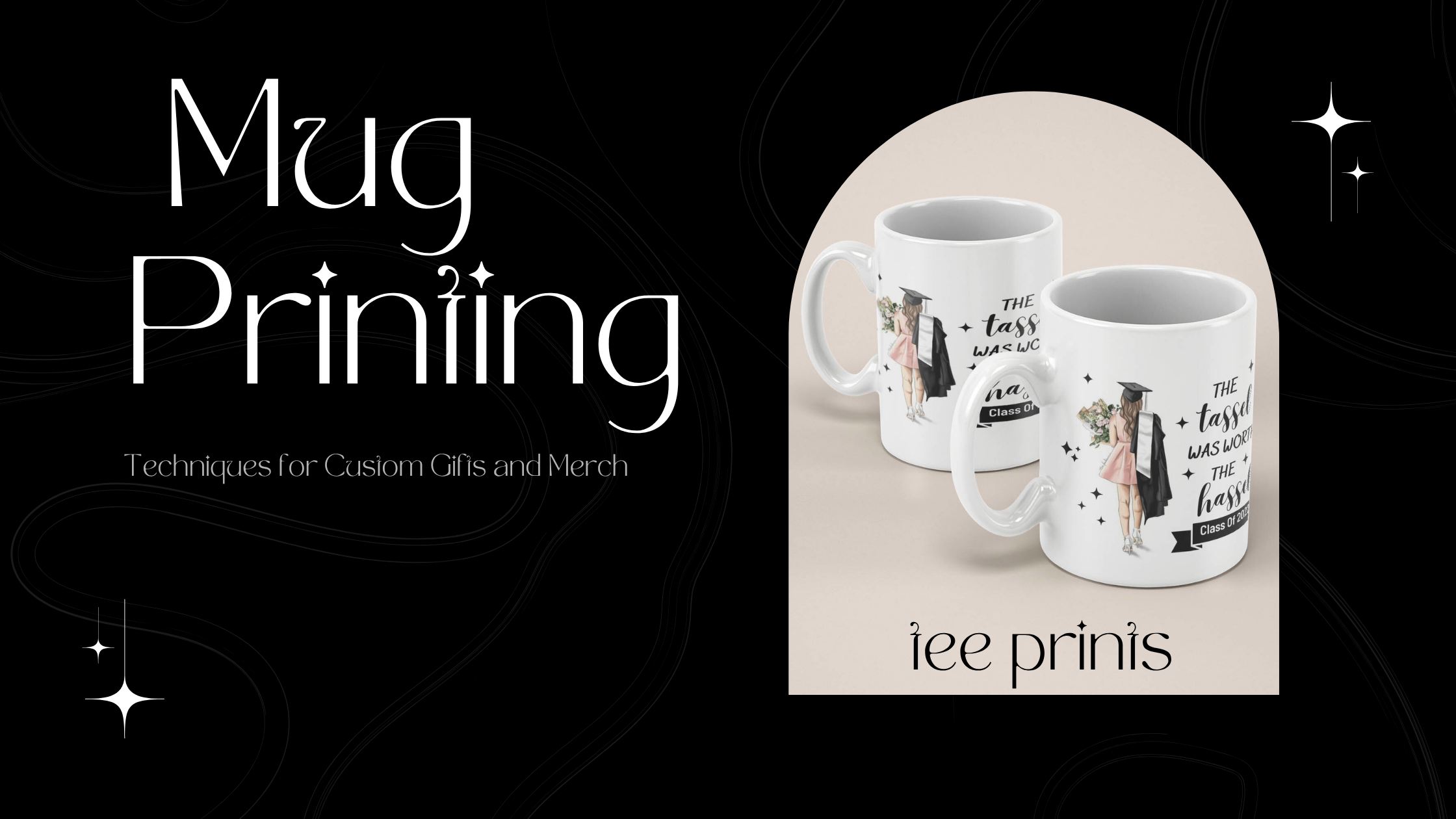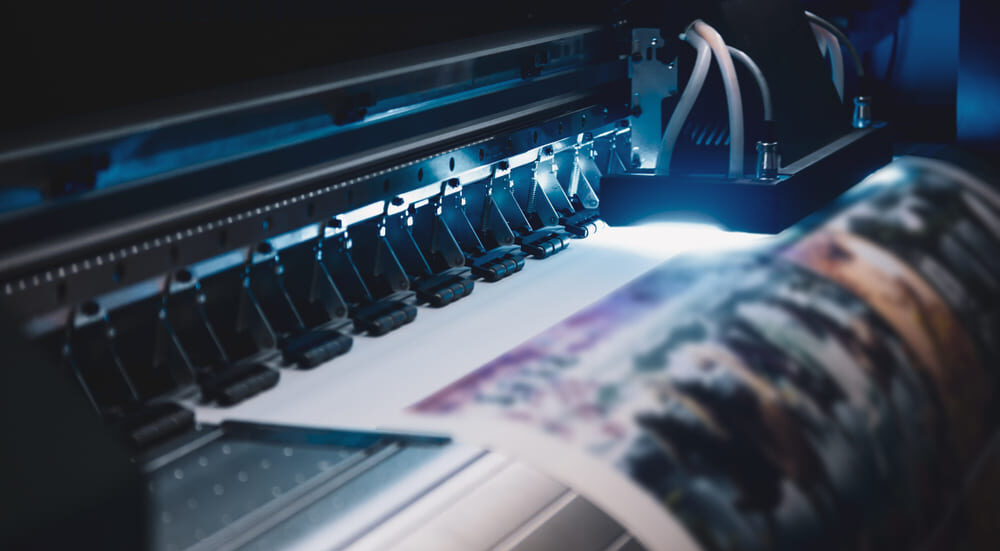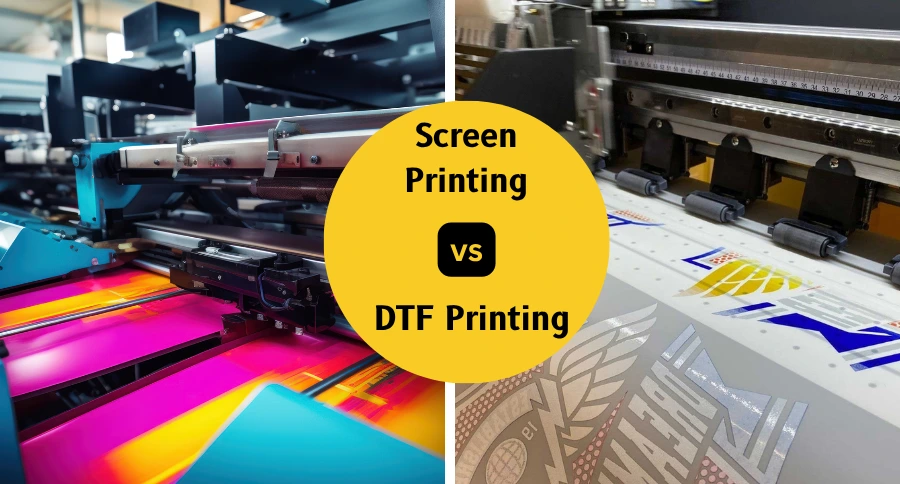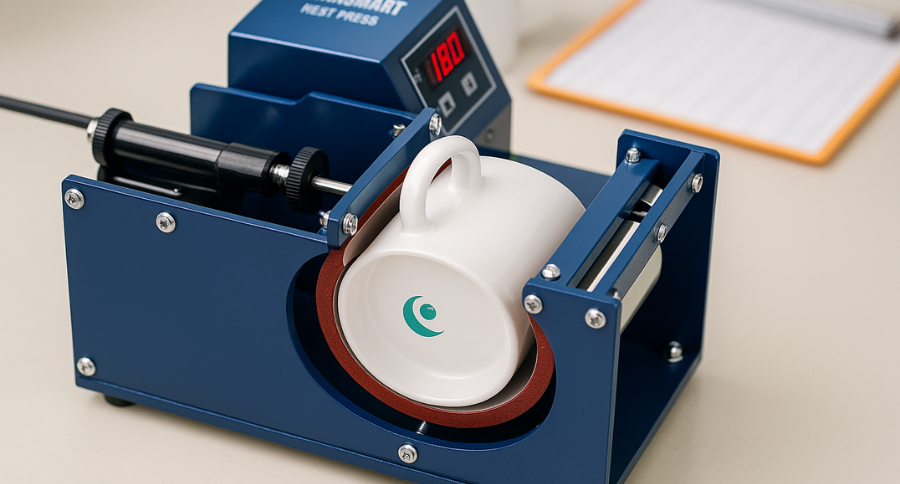Introduction
Mugs are one of the most popular items in the print-on-demand (POD) industry. They are affordable, practical, and ideal for personalization, making them perfect for gifts, corporate branding, and lifestyle merchandise.
Choosing the right mug printing technique is essential to deliver high-quality, durable products that impress customers. In 2025, trends emphasize customization, eco-friendly materials, and vibrant, long-lasting prints.
This guide explores the top mug printing techniques, their pros and cons, and tips to maximize your POD business’s success.
1. Sublimation Mug Printing
Sublimation Printing is a process where dye is transferred to a coated mug using heat.
Advantages:
- Produces vibrant, full-color, fade-resistant designs.
- Ideal for personalized gifts and photographic prints.
- Works well on white or light-colored ceramic mugs.
Limitations:
- Cannot be used on uncoated or dark mugs without special primers.
- Requires a sublimation printer, heat press, and coated mugs.
Example: A POD brand selling personalized family mugs saw high repeat sales using sublimation printing for birthdays and anniversaries.
2. Heat Transfer Mug Printing
Heat transfer involves printing a design on transfer paper and applying it to a mug using heat.
Advantages:
- Works with small runs and custom designs.
- Cost-effective for low-volume production.
- Can be used on various mug colors with specialized papers.
Limitations:
- Prints may not be as durable as sublimation.
- Risk of peeling if washing instructions aren’t followed.
Tip: Include care instructions for hand washing to prolong print life.
3. Screen Printing on Mugs
Screen printing is the traditional method used for mugs, where ink is pushed through a stencil onto the surface.
Advantages:
- Durable and vibrant for simple, bold designs.
- Suitable for bulk production.
- Works well for logos and text-based designs.
Limitations:
- Limited to 1–3 colors per design.
- Less suitable for intricate graphics or gradients.
Example: Corporate branding companies often use screen-printed mugs for promotional merchandise because the designs are durable and cost-effective.
4. Pad Printing
Pad printing uses silicone pads to transfer ink from an etched plate onto the mug.
Advantages:
- Works on curved surfaces.
- Ideal for logos, text, and small graphics.
- Durable and professional-looking.
Limitations:
- Not suitable for full-color photographic prints.
- Requires specialized equipment.
Use Case: Many POD businesses use pad printing for minimalist designs on premium mugs or travel cups.
5. UV Printing on Mugs
UV printing uses ultraviolet light to cure ink directly onto the mug’s surface.
Advantages:
- Produces high-resolution, full-color designs.
- Works on various materials including ceramic, metal, and glass.
- Prints are durable and scratch-resistant.
Limitations:
- Equipment cost is higher than other methods.
- Small POD businesses may find initial investment expensive.
Trend Insight 2025: UV printing is increasingly popular for limited-edition, high-value mugs due to its vibrant and long-lasting results.
6. Choosing the Right Mug Type
The type of mug impacts the printing technique and quality.
Popular Mug Types:
- Ceramic Mugs: Classic choice; works with sublimation, heat transfer, and UV printing.
- Travel Mugs / Tumblers: Metal or stainless steel; UV or pad printing recommended.
- Glass Mugs: Best with UV printing or screen printing.
- Color-Changing Mugs: Sublimation-compatible thermochromic mugs for novelty gifts.
Tip: Offer a mix of mug types to cater to different customer needs and occasions.
7. Industry Insights and Trends
- Personalization is Key: Names, photos, or custom messages boost sales and engagement.
- Gift Sets: Bundling mugs with t-shirts or tote bags increases average order value.
- Eco-Friendly Materials: Reusable and biodegradable mugs appeal to sustainable consumers.
- Seasonal Collections: Holiday-themed mugs often generate high-demand limited-edition sales.
Example: A POD brand combined sublimated mugs with DTF-printed t-shirts as a gift bundle for Valentine’s Day. This strategy boosted revenue and repeat customers.
8. Tips for High-Quality Mug Printing
- Use High-Resolution Designs: Ensure prints are crisp, especially for sublimation and UV printing.
- Test Ink and Heat Settings: Adjust temperature, time, and pressure for each mug type.
- Follow Manufacturer Guidelines: Different mug coatings require specific techniques.
- Provide Care Instructions: Encourage customers to hand wash or avoid microwaving for longevity.
- Stay Trendy: Incorporate popular graphics, colors, and seasonal designs to capture attention.
Industry Insight: POD brands that combine quality, personalization, and trend awareness tend to outperform competitors in repeat sales and customer satisfaction.
9. Marketing Your Printed Mugs
- Social Media: Showcase mugs in lifestyle settings, gift guides, or unboxing videos.
- Influencer Collaborations: Partner with micro-influencers to feature personalized mugs.
- Bundling Products: Combine mugs with apparel or accessories for higher sales.
- Limited Editions: Create urgency with seasonal or exclusive designs.
Example: A POD brand marketed a limited-edition Halloween mug set on Instagram using influencers, generating sold-out campaigns in days.
Conclusion
Mug printing offers immense potential for POD businesses in 2025. Choosing the right printing technique—sublimation, heat transfer, screen, pad, or UV printing—depends on your design, mug type, and production scale.
Actionable Takeaways:
- Match the printing technique to mug type and design complexity.
- Offer personalization to increase customer engagement and repeat purchases.
- Use high-quality inks, films, and coatings for durability.
- Stay on top of trends like eco-friendly mugs and seasonal collections.
- Combine mugs with apparel or gift sets to boost sales.
By mastering mug printing techniques and leveraging trends, your POD business can deliver high-quality, appealing products that customers love.






